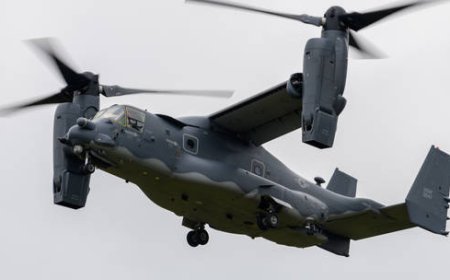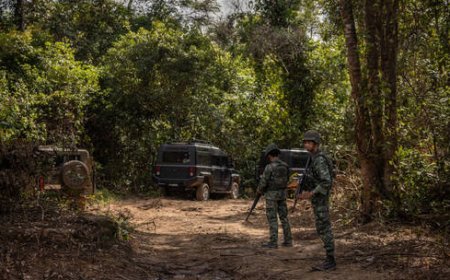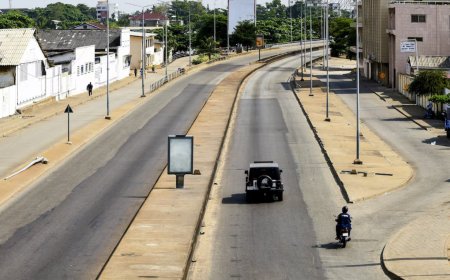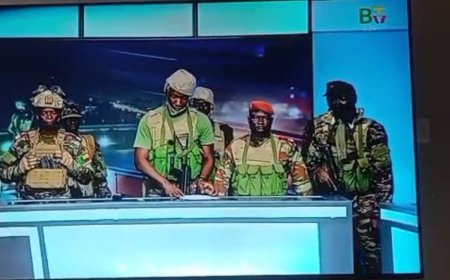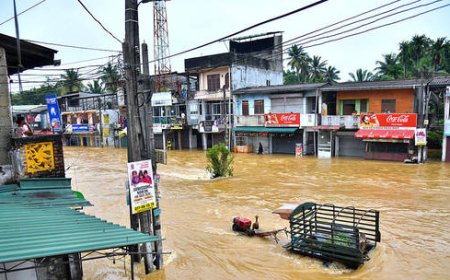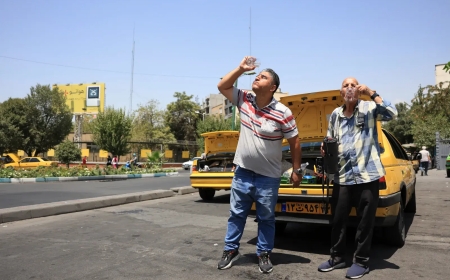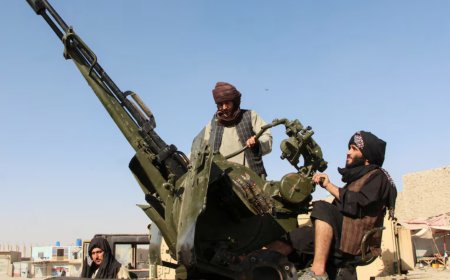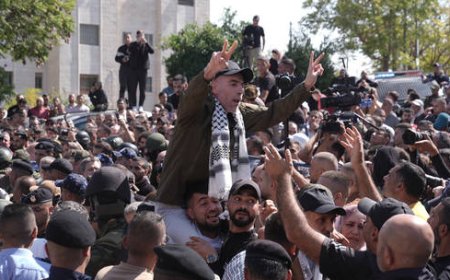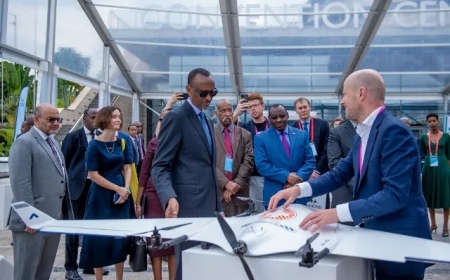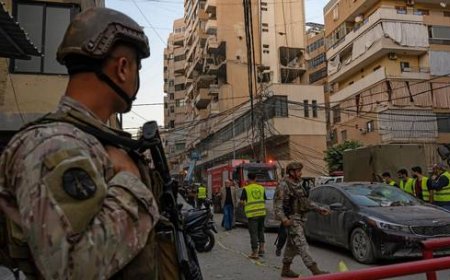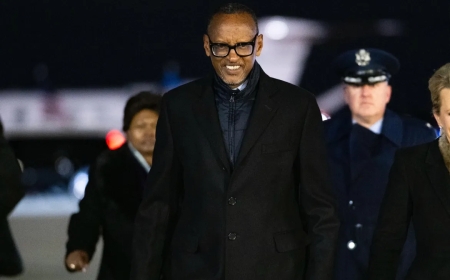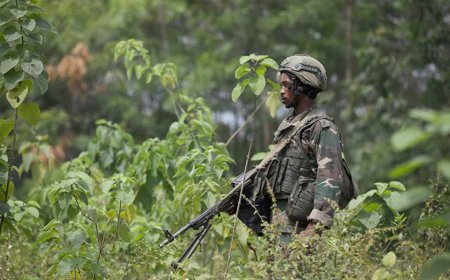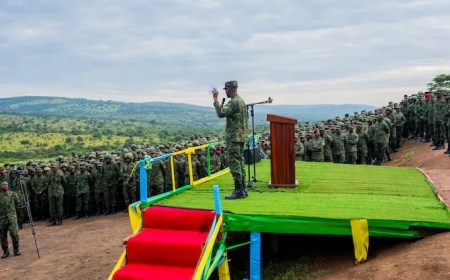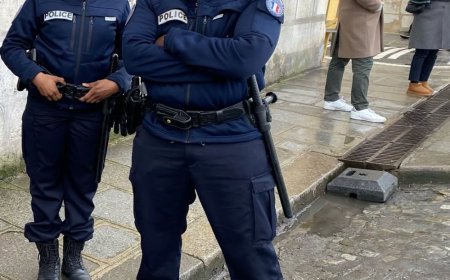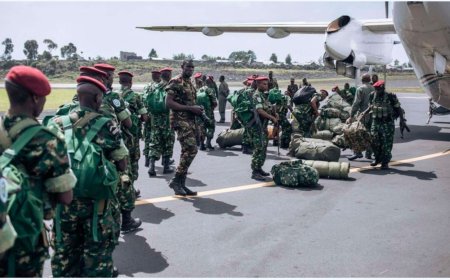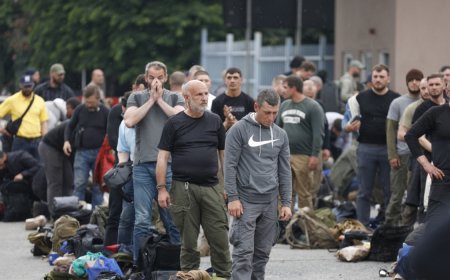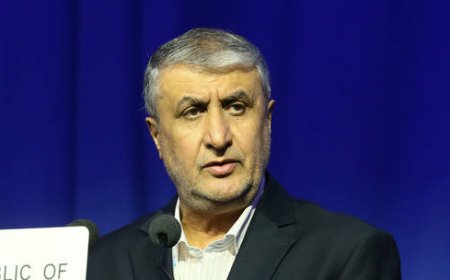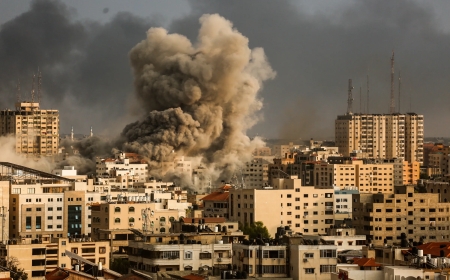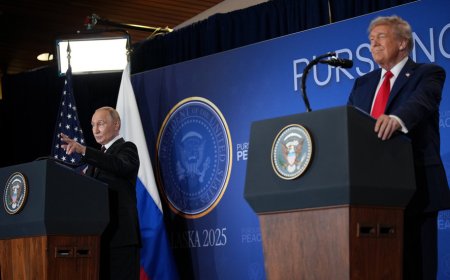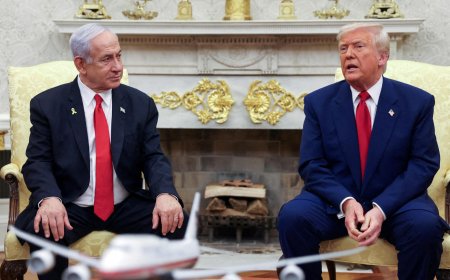Mossad's reach inside Iran exposed as Tehran arrests 28 alleged agents
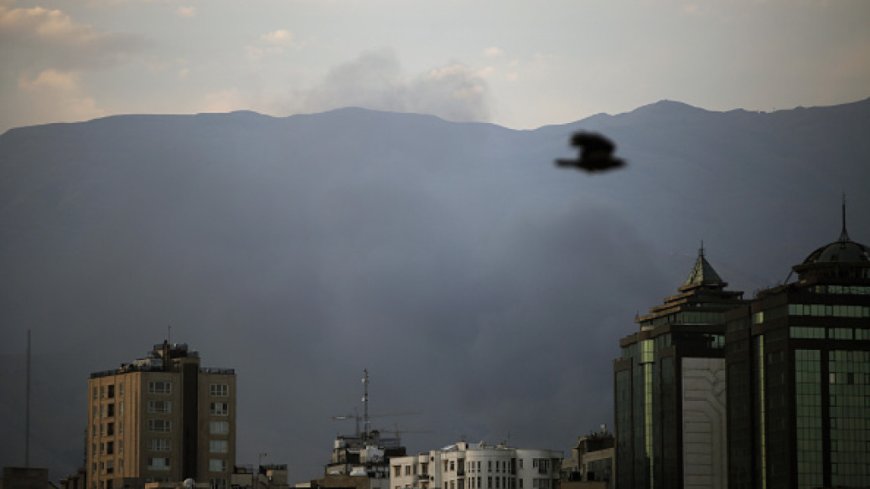
In the outskirts of Rey, south of Tehran, Iranian authorities announced the dismantlement of a "clandestine drone-bomb factory" linked to Mossad. Inside, security forces said they found 200 kilograms of explosives, 23 drones, launch platforms, and suicide-drone components. In the same operation, at least 28 alleged Israeli agents were arrested across multiple provinces.
To Iranian officials, the discovery was hailed as a sign of vigilance. But to analysts, it pointed to something more alarming. They see it as evidence of a sustained intelligence offensive by Israel that has effectively brought the shadow war into the heart of Iran.
According to Israeli broadcaster Kan, the arrests came just days after the public unveiling of Operation Rising Lion, a Mossad-led sabotage offensive reportedly years in the making. The operation featured embedded drone bases, pre-positioned weapons systems, and a successful effort to blind Iranian air defences. Over 100 targets were hit, including sensitive IRGC facilities and the nuclear complex at Natanz.
Iran 'permeability' to security attacks
The scale and precision of Israel's recent operations have raised urgent questions about the depth of its infiltration into Iranian territory and institutions.
Dr Ori Goldberg, a Tehran-born Middle East scholar at Tel Aviv University, who has worked with the Israeli defence establishment, told The New Arab: "The Islamic Republic has become quite permeable to various penetration efforts, especially by Israel. Take the assassination of Mohsen Fakhrizadeh. Israel managed that without facing real consequences."
The targeting of the senior nuclear scientist in 2020, reportedly executed via an automated gun mounted in a vehicle, was only one in a series of operations attributed to Israel. These include the 2018 Mossad raid on a Tehran warehouse, where agents extracted over 100,000 sensitive documents related to Iran’s secretive AMAD nuclear program.
"Israel prides itself on its ability to penetrate and plan tactical operations over the long term. The way recent strikes were executed suggests that the groundwork was laid by teams deployed on the ground, and they likely weren’t all Israeli," Goldberg said.
In Rising Lion’s first wave, commando teams reportedly infiltrated Iranian territory, smuggled drone components across the border, and cleared the skies for an Israeli aerial onslaught involving over 200 aircraft. Yet even as Israel demonstrates unprecedented reach and technological sophistication, experts warn that this may be a campaign without a coherent long-term strategy.
"Israel has no clear strategic goal," said Goldberg. "It’s very similar to what’s happening in Gaza. Israel claimed it would destroy Hamas and return the hostages. It hasn’t done either, yet continues killing Palestinians daily."
Experts argue that the underlying aim is deterrence through demonstration by showing the world that Israel can strike any target it wants, at any time, and walk away with impunity.
"What Israel really wants is to assert its freedom and impunity - to demonstrate it can strike whoever, wherever, whenever, without consequence," Goldberg added.
This narrative is not just for Tehran, but also for Gulf states, Lebanon's Hezbollah, and increasingly wary Western capitals.
Following the strikes, Tehran launched missile and drone attacks on Tel Aviv and Haifa, killing dozens and shaking global oil markets. At home, the Tehran has tightened its grip. Public tip lines urge citizens to report suspicious behaviour. Sweeps in Hormozgan and Yazd have targeted suspected infiltration cells. Intelligence officials are under pressure to identify collaborators and seal leaks.
"I think the Iranians are well aware of their vulnerabilities," Goldberg explained. "Their intelligence and security services know they’ve been compromised and have known for some time. They are vigilant, but Israel has had a clear intelligence advantage over Iran and Hezbollah."
Analysts believe Iran's counterintelligence gains, like the drone factory bust in Rey, serve dual purposes. To dismantle networks and to project regime control in the face of intensifying external threats.
"I believe most of the covert operations were concentrated at the beginning of Israel’s offensive. The main goal was to surprise and cause chaos during the initial strike - to give Israel the upper hand and assert dominance," said Goldberg.
Yet this success may have also shifted internal dynamics. According to Goldberg, some Iranians who were once critical of the regime are now rallying behind it in the face of foreign attacks, suggesting that the effectiveness of recruiting collaborators may be waning.
"While many may have been willing to work with Israel - either ideologically or for money - that may now be shifting," he added.
The intelligence war between Israel and Iran is decades old, but never has it spilled so dramatically into Iran’s interior. With every drone launched, every scientist assassinated, and every secret file exfiltrated, Mossad has redrawn the geography of the conflict, collapsing the distance between battlefield and capital.
For Israel, the shadow war offers short-term wins and symbolic dominance. For Iran, it demands an urgent recalibration of internal defences.
"This is just how the intelligence game works. There are spies everywhere, not because of some grand Western strategy, but because that’s the nature of modern conflict," Goldberg said.
